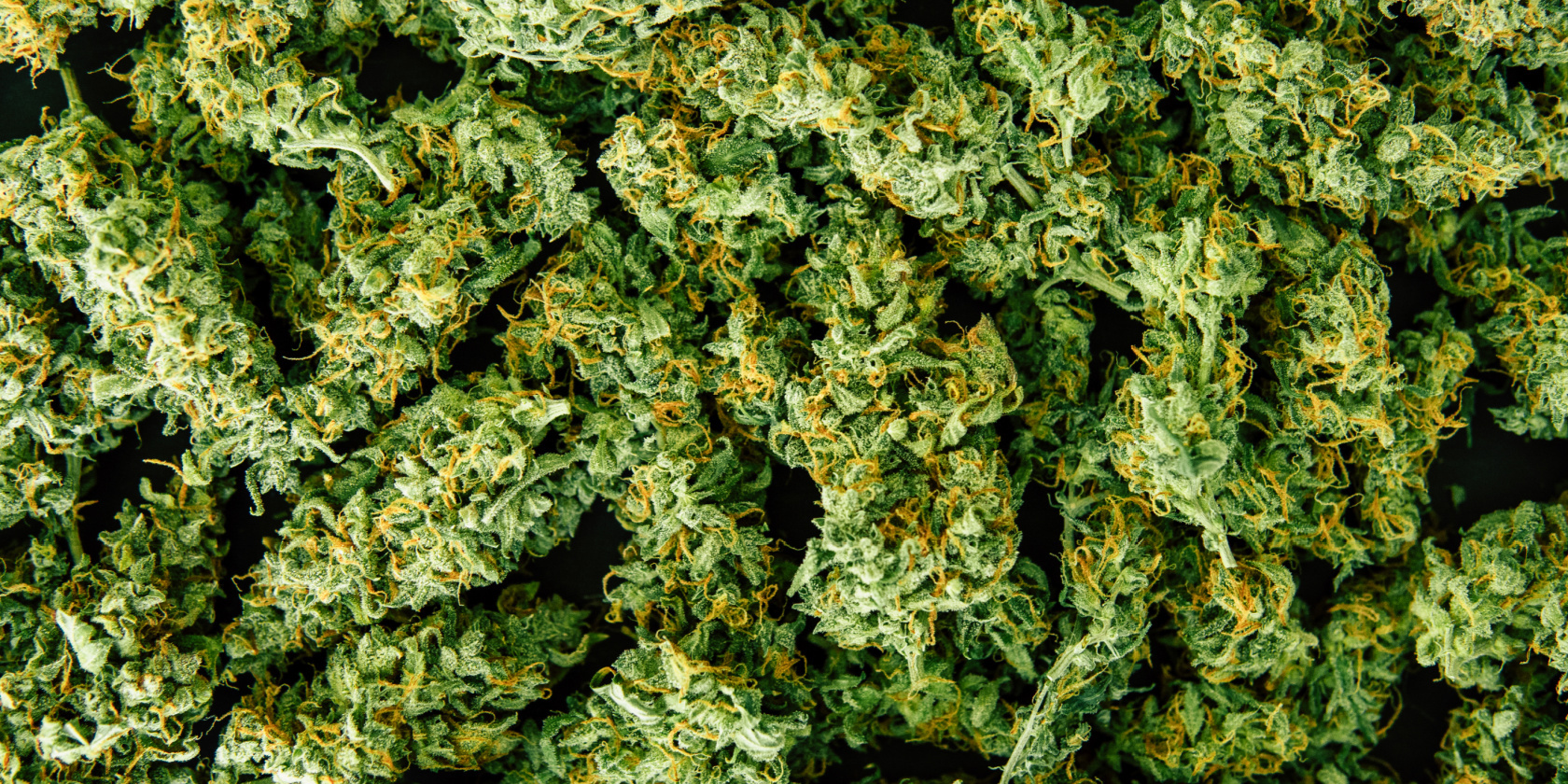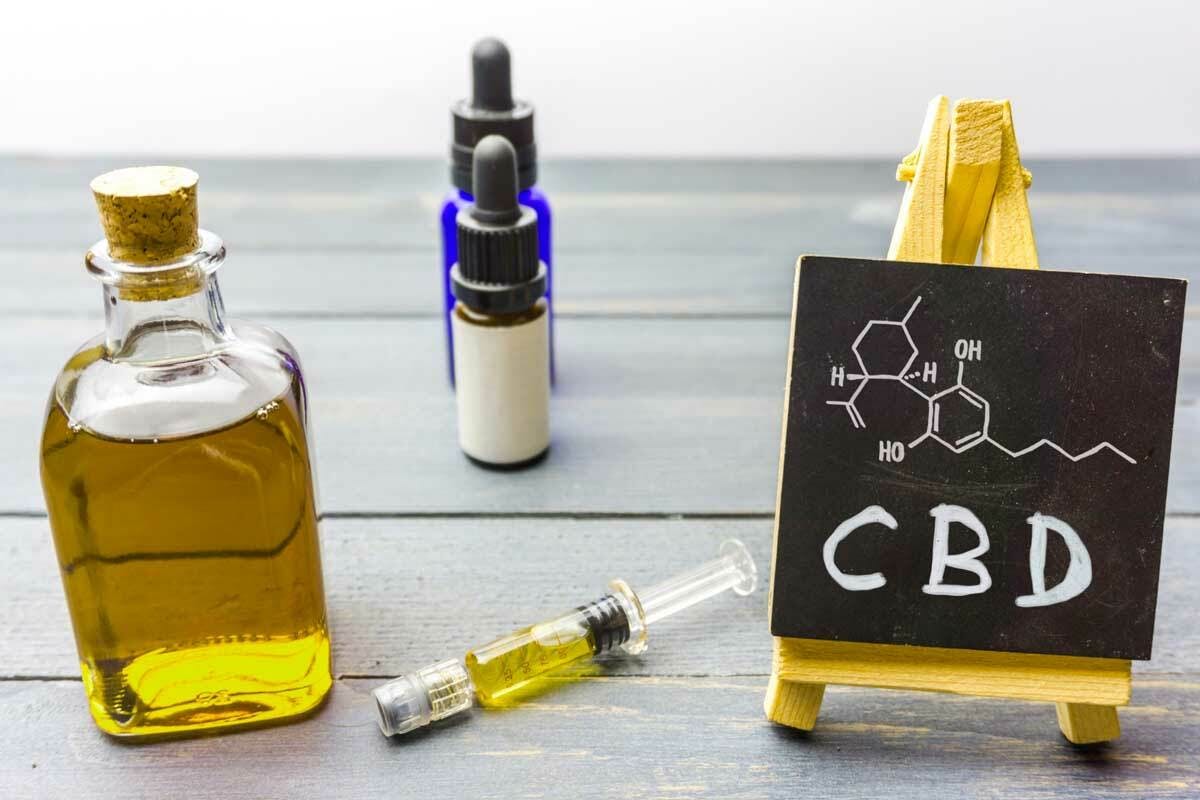
If you’re interested in how CBD and THC can help us manage muscle discomfort, you may have stumbled upon the topic of cannabis patches, one of the newest and most unexpected ways to access the benefits of these all-natural medications. If you’ve had lingering questions—how do transdermal patches work? how long does a CBD patch last?—then today’s post should provide all the information you need!
How Do Transdermal Patches Work? An Introduction
“Transdermal” means “entering through the skin,” and the idea of dispensing medications in this way has actually been around a few decades. In 1979, the FDA approved a Scopolamine transdermal patch to fight motion sickness. Not long afterward, the nicotine patch went on to become one of the most popular smoking cessation tools in history.
So, what separates a cannabis pain patch from a nicotine patch? From a delivery standpoint: Not all that much, as it turns out. While a nicotine patch delivers nicotine, a cannabis patch typically contains the cannabinoids THC and CBD: the major “active ingredients” that lend cannabis such effective healing power.

While topicals such as our classic Releaf Balm address site-specific symptoms such as strained muscles, cannabis patches are designed to allow the active cannabinoids to actually enter the bloodstream. This means that a THC transdermal patch can impart a psychoactive high, although its slower rate of absorption means it’s typically less intense than with a cannabis ingestible.
Why use a cannabis transdermal patch? Because they dispense their cannabinoids so slowly—often up to 12 hours or even more—they’re great for tackling chronic symptoms like muscle discomfort. What’s more, the cannabinoids address symptoms in different ways. Studies suggest that THC can fight pain and potentially help reduce normal stress. By comparison, CBD has been linked to a number of benefits such as reduced stress, relief of pain, soothing sore muscles, and potentially helping us get a better night’s rest.
How to Use a Transdermal Patch
Using a cannabis pain patch is a refreshingly simple process, requiring no special preparation or precautions. For best results:
- Choose a flat patch of skin that’s typically non-oily and free of cuts, scars, burns, or other irritations. Popular sites include above the ankle or wrist, due to the high concentration of veins found there
- Peeling back the protective backing, apply the exposed adhesive to your skin and press down firmly but gently
- You’re done! The cannabis patch should begin working within an hour or so. How long does a THC or CBD patch last? Depending upon the specific formulation, it will typically remain active for anywhere between 4 and 12 hours
Keep in mind that cannabis patches containing THC may be mildly psychoactive, so plan your activities accordingly. In addition, transdermal patches can be removed any time, and the effects should dissipate within about a half hour.
THC and CBD Transdermal Patches: In Conclusion
Managing soreness and discomfort is one of the top reasons people turn to medical cannabis, and at Papa & Barkley, we’re passionate about the promise of plant-powered care. After all, our story began when our founder Adam Grossman set out to help his father manage his debilitating back pain. Since then, we’re incredibly proud of the positive effect our balms, topicals, and ingestibles have had for our thousands of happy customers.

Are you interested in experiencing the benefits of transdermals for yourself? We’re pleased to offer a full line of Releaf Transdermal Patches that are quick and easy to use, come in a variety of THC: CBD ratios to address different concerns, and provide up to 12 hours of long-lasting relief.
We hope today’s guide answers all your questions about cannabis patches. If there’s more you’d like to know, please don’t hesitate to ask. We’re always here to help!






